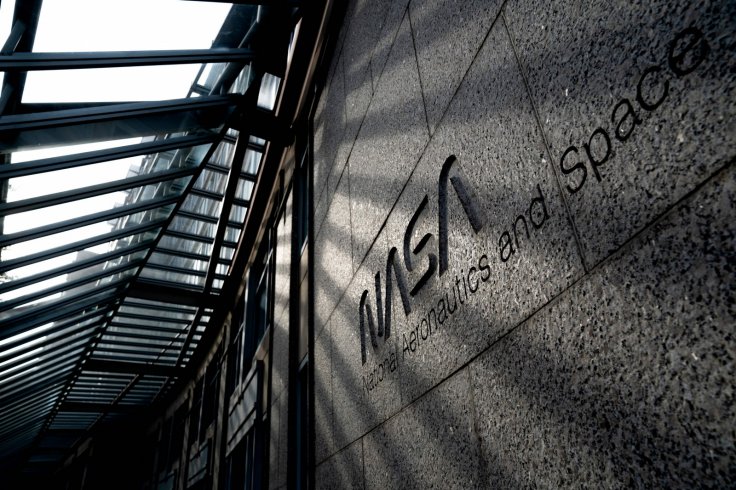A dead NASA satellite weighing 600 pounds is hurtling toward Earth and is just hours away from crashing. Scientists and astronomers have drawn up a map of potential impact zones. The satellite—which is roughly the size of a shipping container—is scheduled to re-enter the atmosphere around 9:30 p.m. ET.
The craft was retired by the space agency in 2018 owing to communication issues and is now entering the Earth and could crash land anywhere. NASA stated on Tuesday that the reentry location is not being made public, with the continued uncertainty about when and where it might crash.
Earth at Risk

The retired Reuven Ramaty High Energy Sun Spectroscopic Imager spacecraft, also known as RHESSI, will reenter Earth's atmosphere on Wednesday after spending more than two decades in orbit, according to a report from NASA on Monday.
Certain components of the satellite may survive the violent return, even though the majority of it is anticipated to burn up during its descent.
"The risk of harm coming to anyone on Earth is low — approximately 1 in 2,467," NASA said in a statement.
According to Aerospace, a national security space program, anywhere in South America, Africa, or Asia could get debris that survives the horrific return.
NASA has acknowledged that there is still a "low" probability that debris would hit land. But, there is a 75 percent chance that it will crash into the ocean.
Despite NASA's announcement on Monday that the probe may re-enter at 9:30 p.m., some reports show the time as 7 p.m., give or take 16 hours.
The DailyMail.com reported that Professor Hugh Lewis, who teaches astronautics at the UK's University of Southampton, wrote on Twitter: "Unfortunately, many people live within the latitude region, which means that the chance of a casualty is still relatively high."

Around 5 p.m. ET, reports of the "satellite" fragments "landing" above Kyiv, Ukraine, started to circulate online.
According to multiple reports, the warning was sent by city officials soon after a fireball crossed the night sky.
However, Jonathan McDowell, an astronomer and astrophysicist at the Harvard–Smithsonian Center for Astrophysics, told DailyMail.com the object "definitely was not" the NASA satellite nor space debris.
"[It could be a natural meteor or Russian missile attack," he told the outlet.
Where Will It Crash?
RHESSI, which was put into low Earth orbit for the first time in 2002, has recorded solar flares and coronal mass ejections that have helped researchers better understand the physics of the sun's explosive bursts.

According to the agency, RHESSI captured gamma-ray images as well as 100,000 X-ray events using its imaging spectrometer.
That was the first time that solar flares have been photographed in gamma and high-energy X-rays.
The spacecraft contributed to findings about the sun's form and "terrestrial gamma-ray flashes," which are bursts that happen over lightning storms on Earth, up until its decommissioning in 2018 owing to "communications issues."
In contrast to other satellites that have been placed in orbit or have come back from it, RHESSI weighs only 660 pounds.
Following the numerous cases of Chinese rocket debris that reentered the atmosphere in 2022, NASA revealed in January that a 38-year-old satellite weighing 5,600 pounds will be returning to Earth.
Without counting the potentially disruptive and dangerous debris that is still "too small to be tracked," NASA estimated in 2021 that there are about 27,000 pieces of space trash drifting in orbit.
There have been no confirmed injuries or fatalities as a result of free-falling space debris, despite the fact that space trash is moving at a very high velocity and poses a greater risk to spacecraft in orbit.








